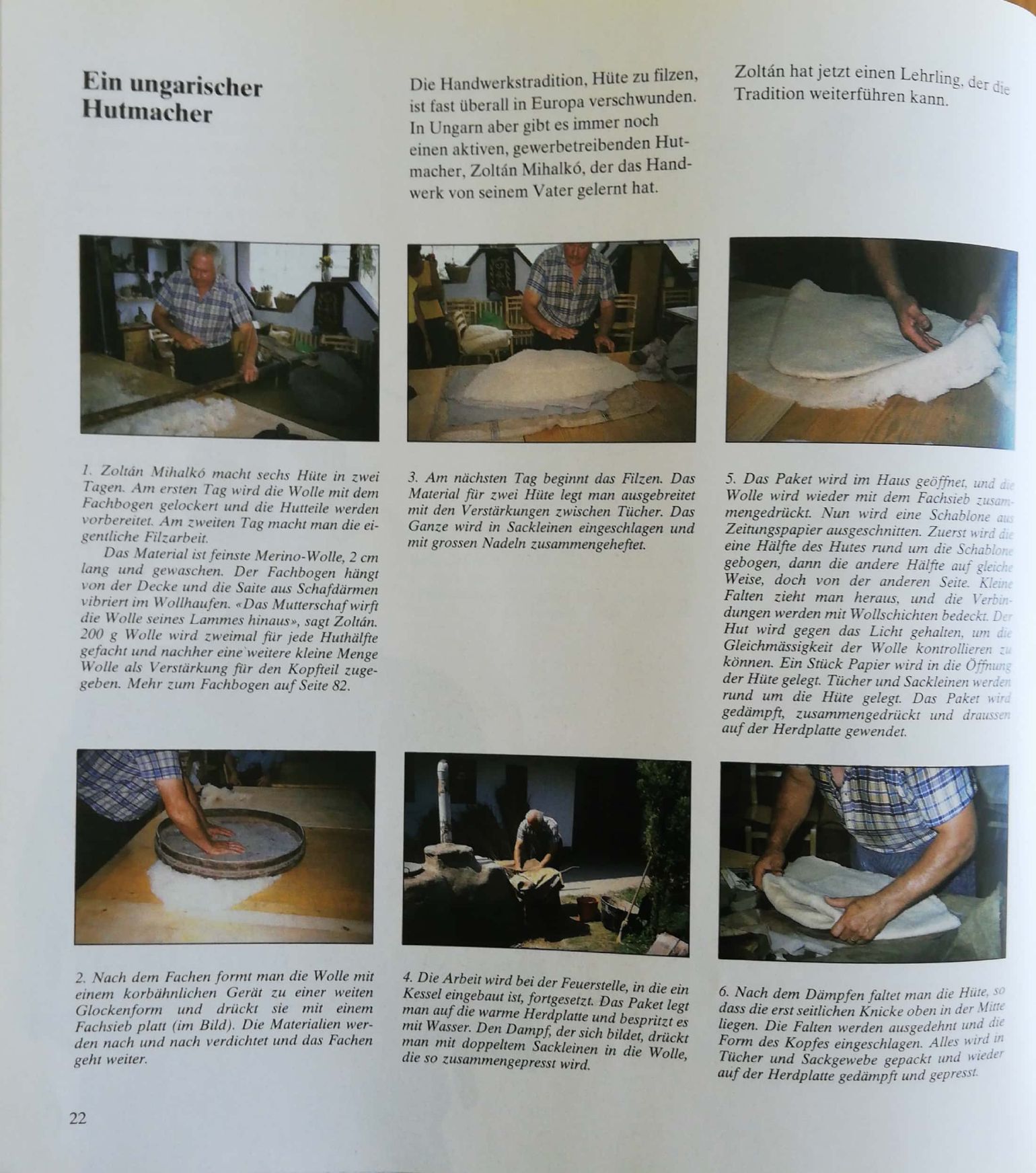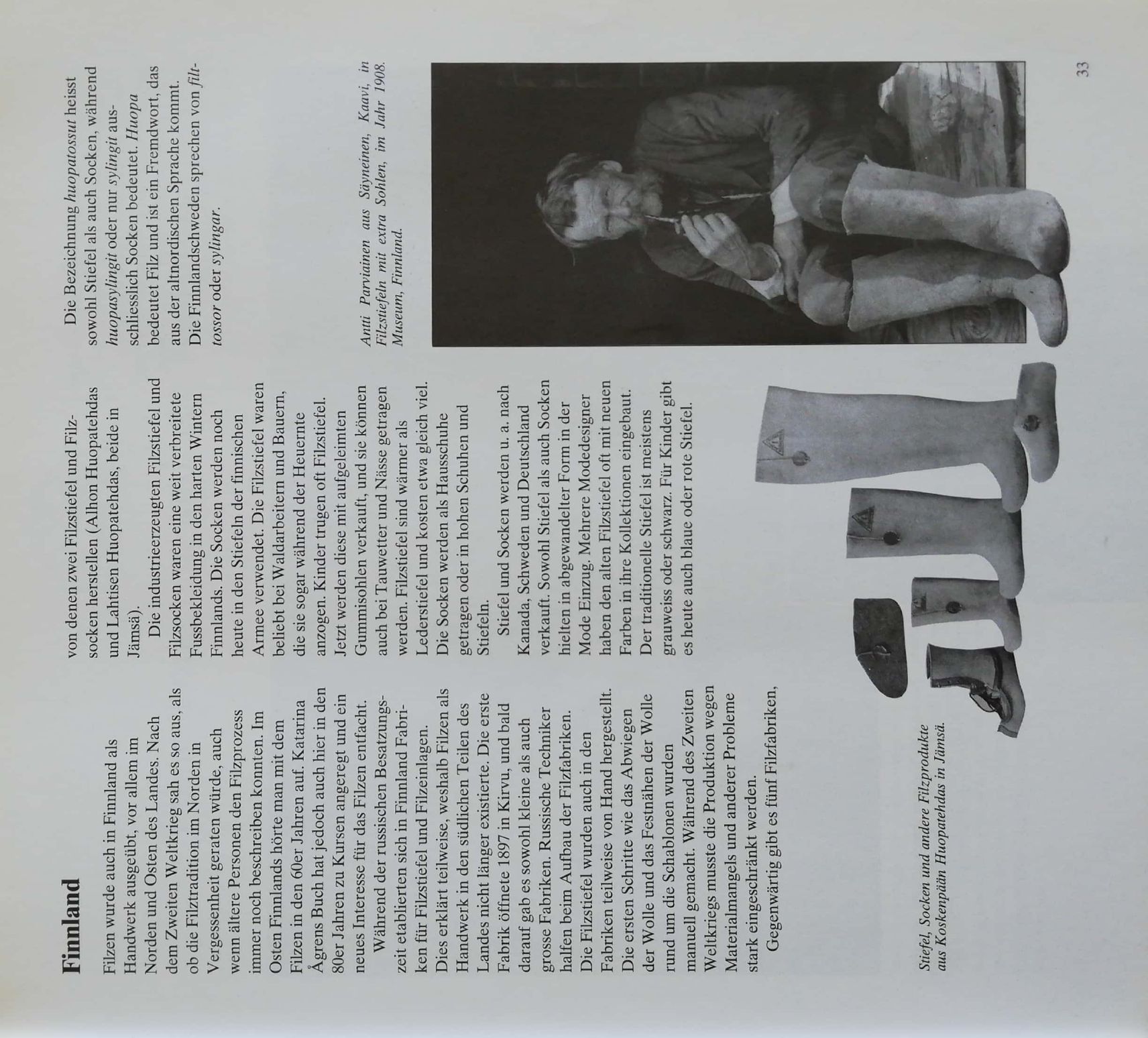The Dodo Blog
How To Store Your Wool & Deal With Moths
In 20 years of felt making I haven’t (yet!) had any issues with moths. It may just have been luck or because of the way I store my wool. It’s definitely not because I don’t have tons of wool in my studio
Since I frequently get questions about how I store my wool, as well as how to prevent moth attacks, I’ve compiled what I know and what I could find from different sources to offer you information that hopefully can protect your stash from these pesky little fiber predators.
A SHORT WORD ON THE LITTLE CREATURES
There are many types of moths, and most of them are harmless for wool. So, as most felt makers know, we’re talking about the so called “clothes moths” here.
Moths go through four life stages: egg, larva, pupa, and adult. But it’s only in the larvae stage that they feed on fiber.
Keratin is what they’re after. This is a protein found in animal-based materials like wool, fur, hair, feathers, mohair, and even silk. If...
Wet felting book review
"Filzen: Alte Tradition, Modernes Handwerk" (German version)
"Felt: New Directions for an Ancient Craft" (English version)
by Gunilla Paetau Sjöberg

This might be the best book about wet felting I have. And I do have many
It’s over 20 years old, it doesn’t have amazing photos and it has a lot of text. So, it might not be the first book to grab your attention when you look at my bookshelf.
I have it in German, but there’s also an English version.
So then, what makes it so special?
I think it’s the most complete wet felting book I’ve ever seen. I could call it a felting encyclopedia.
Let’s have a look inside, so that you can see what I mean.
It starts with an incredibly complete History of felt and it covers different felting traditions found in Europe and Asia: from hat making in Hungary and shepherd coats in Turkey, to the felt masks worn by the Vikings, and socks and shoes made in Sweden, Norway, and Finland.


It then dives into felting...
Wet felting with wool batts
Today I’m going to talk about how to felt with wool batts. And I’m looking into a couple of questions in particular:
- Is there a direction to the fiber in wool batts?
- Do wool batts shrink as much as wool tops?
I know there are different opinions about the direction of the fiber in wool batts. So, I thought it would make sense to test it and see what happens.
While I’ve been working with batts for a very long time, I’ve always mixed them with tops in my work. So, I had never really looked into this in detail.
Adding to that, I often get questions about how to work with batts. That’s why I decided to make these samples and see how the wool behaves.
I hope you find them useful for your work. I’d also love to know if you agree with me or not.
So, feel free to comment or to drop me an email on this.
Reducing Effort In Wet Felting - Avoid Back Pain During The Layout
I’ve often been asked for tips on how to wet felt when you have health issues like back pain or arthritis.
Personally, I’ve also dealt with pain that was either caused or worsened by the strain I’ve put on my body due to wrong postures during wet felting.
It’s irrefutable that felting is a very physical activity that can be hard on your muscles and joints. But it’s also true that you can protect yourself by paying more attention to certain details when you’re working.
In today’s video, I go into how to keep a good posture during the layout phase. If you find this useful, stay tuned to part 2, where I go into my tips for the felting and fulling phase.
P.S.: If you’re a healthcare professional (and would like to help) or just have more tips to add, please send me an email with that information. I’ll make sure I add it to a future video, so that everybody can take advantage of that knowhow. Thank you!
The circular layout: why and how to use it
Are you having issues getting your wet felted bowl to have a perfectly round shape? Or maybe you’ve felted a flat round piece, but, after fulling, it doesn’t look like a circle anymore? Your layout may be the cause of this distortion.
Wet felting doesn’t have many rules, so it allows for different ways to get to the desired results.
But it does have a few. And understanding these is fundamental to get to the shapes you want:
- The direction of the fibers determines the way felt shrinks, and so its final shape.
- The direction of the fibers determines in which directions it stretches.
If you’re laying out fiber for a circular object – like a bowl, for example – you’d probably want the shrinkage to be the same in every direction, right? You’d also want it to stretch equally in all directions.
So, laying it out in the classic way wouldn’t give your felt these qualities. Instead – because it would produce a felt that...
How to create a pattern archive
In the last couple of weeks, we’ve been looking at the topic of resists. But the focus was more on what you need to know at the beginning of your wet felting journey.
If, instead, you’re a more seasoned felt maker, you might be facing other issues, like what to do with the piles of resists and paper templates you collect along the years.
As you need more resists for your projects, you’ll start collecting them in all shapes and sizes. And, most probably, what’ll happen after a while is that you no longer know what some of them were for. At least, that’s what’s happened to me
To avoid this, I recommend you create a pattern archive. This is what I’ve started doing some time ago, after things became really chaotic.
I now have a system that works really well. So, if you want to give it a try, here are my tips on how to organize your resists and patterns.
Create 3 templates:
- The original pattern drawn on paper. On this one you write:...
Don't cut your felt. Here's what to do instead.
Did you learn to felt 3D objects by laying out the wool around the whole resist? I did. And so did most felt makers. And it’s probably the easiest method to follow when you’re starting out and still don’t feel confident enough to try a more complex layout method. It works perfectly for round vessels for example.
But here’s an issue that showed up for me when I was only working with “closed” felt pieces: how do I add handles to a bag when I have a closed felt shape? That was a tricky one to solve…

This was the moment I decided it was time to try felting around a resist without closing the felt. And that’s when I finally found the solution to adding perfect handles to my bags!
But, in this process, I discovered something else. I found out that the edges of my felt looked waaaay better than when I had to cut them and heal the cuts.

How many times have you cut your felt, tried to heal the cut, and one (or more) of these things happened?...
How to felt with resists? How to avoid ridges on the resist edge? When do you remove the resist?
The video above goes into the following details:
How to felt with resists
When you felt with a resist, you need to lay out the wool on both sides to cover the resist completely. The wool layers need to then go beyond the resist edge, so that some of the wool can be turned over to the other side. This is exactly what allows you to create a seamless object in wet felting.
How to avoid ridges on the resist edge
To avoid having ridges on the resist edge, you need to start working on the “seam area” immediately after the layout. You must also keep your eye on this part of the felt during the whole felting process.
When do you remove the resist?
When the wool is pre-felted, and you feel the resist is already too tight or it's even curling inside the felt, it's time to cut your opening.
Just make sure that the wool is solid enough to be cut. And remember not to cut the opening too big, since holes are the only thing that becomes bigger as you felt.

What are resists? Which materials can you use for resists?
WHAT ARE RESISTS?
By definition, a resist is anything you use between two pieces of wool to prevent that they felt with each other. In other words, you need to use a resist when you want to make a hollow object.
Only after the flat piece is created can you shape it into a 3D object. So, if you want to felt a 3D piece, your first step is to imagine how you will go from 2D to 3D.

The resist is only used during the felting process. When the wool starts shrinking, the resist starts curling up inside, and it must be removed. This is usually the moment when you initiate the fulling process.
You can have a resist:
- for the whole piece (like for a hat, bag, slippers) or
- for a part of the piece (like for a pocket or a surface design).
MATERIALS FOR RESISTS
One of the most important things when using a resist is the choice of materials.
It has to be something that doesn’t felt onto wool, otherwise it’ll attach to the layers, instead of doing its job, which is to separate...
How to make fiber paper for beautiful wet felted projects
Fiber paper is a material that you can create with either viscose or silk fiber (viscose paper or silk paper).
You can use it to cut out all sorts of shapes and apply them on wool to make felted pieces with a crisp design, much like what felt makers do with pre-felts.
It looks like actual paper, and because it has a nice sheen, it gives your projects a more luxurious look than wool pre-felts.
It’s pretty easy to make and you just need the fiber plus a liquid that serves as a glue to create the paper sheets.
Some felt makers use sugar or powder gelatine (3 teaspoons dissolved in 100 ml of warm water). Others use starch, and I’ve even seen people apply watered down PVA glue to their fiber.
I’ve tried both sugar water and starch. My favorite is actually sugar water. It’s also the cheapest version. But the one time I tried it, I suddenly had ants in my apartment. So, I’m back to starch now If you don't have that sort of problem where you live, that might...


